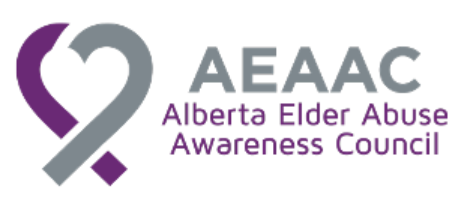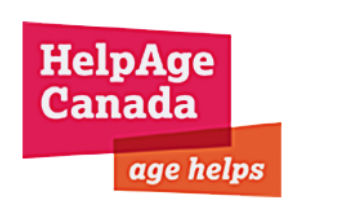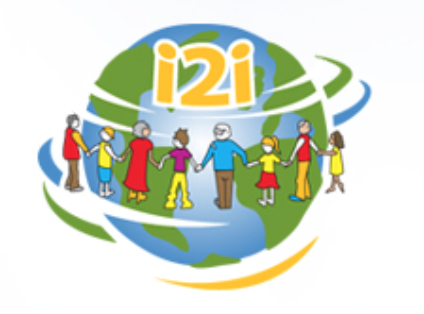The following is part of our project “Increasing Access to Justice for Older Adult Victims of Sexual Assault: A Capacity Building Approach”, funded by the Justice Canada Victims Fund.Learn more about this project or consult the full list of resources
"Worldwide, the majority of the older adult population is women and as this population grows the issue of violence against older women will also continue to increase.
Recognizing the growing prevalence of violence against older women and lack of a full complement of available resources, a series of video learning modules on strategies to address this issue was developed by Women’s College Research Institute, the Ontario Network of Sexual Assault/Domestic Violence Treatment Centres, and Elder Abuse Ontario.
The video learning modules have been designed to benefit a variety of organizations and individuals connected to violence against older women including researchers, trainees, government-decision makers, frontline healthcare professionals, family members, and the public.
The video learning modules can be viewed either as a complete series or individually, based on the video learning objectives that are most applicable, with a certificate following completion of a very short post-module survey for each module.''
The modules are as follows:
- Competing Frameworks of Elder Abuse and Violence Against Women
- Activism and Advocacy for Bringing About Change for Abused Older Women
- Promising Practices for Responding to Older Women who have Experienced Violence
- Public Awareness and Community Mobilization to Address Domestic Violence in Older Women
- Building Partnerships Across the Violence Against Women and Elder Abuse Sectors
Strategies to Address Violence Against Older Women
In order to share the forum presentations with a wider audience, including frontline providers, and the public, the following five video learning modules were developed. These modules are focused on strategies to address violence against older women, and were made possible through funding by the Government of Ontario.
Before Starting
Each learning module is comprised of a video approximately 30 minutes in length. These modules can stand alone or be completed as a series, depending on one’s learning needs.
As you move through these modules, it is essential to consider that older women are not a monolithic group, and in addition to experiences of ageism and sexism, have lived experiences that are further shaped by their unique characteristics and identities such as their sexual orientation, gender identity, social class, race/ethnicity, and occupation. These experiences can impact the rates and nature of violence and access to and interactions with systems and services (CREVAWC, 2016). See below for Dr. Janice Du Mont talking about The Learning Network’s 2014 adaptation of the CRIAWI/ICREF’s Intersectionality Wheel Diagram.
Learning Module 1
Competing Frameworks of Elder Abuse and Violence Against Women
Presenter: Dr. Patricia Brownell
Learning Objectives:
- Identify how the differing definitions within each framework are limited in their ability to adequately capture the extent and nature of violence against older women.
- Develop an understanding of how the differing frameworks impact data collection and research method.
- Develop an understanding of how the differing frameworks impact policy and practice.
- Recognize the Human Rights Perspective as a preferable alternative to the other frameworks.
- Identify recommendations for addressing violence against older women moving forward.
Learning Module 2
Activism and Advocacy for Bringing About Change for Abused Older Women
Presenter: Dr. Jane Mears
Learning Objectives:
- Become familiarized with the issues facing older women and the values and activities of the Older Women’s Network in Australia
- Enhance understanding of how to conduct participatory and collaborative research with and for older women who are victims of abuse.
- Identify how activism and research can be used to develop strategies for structural change on the issue of violence against older women.
- Recognize the need for networking and collaborating across sectors, and with older women, to create sustainable services and equitable policy.
Learning Module 3
Promising Practices for Responding to Older Women who have Experienced Violence
Presenter: Ms. Janice Abbott
Learning Objectives:
- Understand what the Promising Practices project is, and how it was developed and implemented.
- Identify the various unique challenges that older women living with violence may face as described in the Promising Practices project.
- Recognize the eleven Promising Practices for working with older women living with violence.
Learning Module 4
Public Awareness and Community Mobilization to Address Domestic Violence in Older Women
Presenter: Ms. Margaret MacPherson
Learning Objectives:
- Become familiar with the public education and awareness campaign, “It’s Not Right! Neighbours, Friends, & Families for Older Adults".
- Recognize the warning signs and risk factors associated with domestic violence in older couples.
- Understand that domestic violence within older relationships is a complex issue with various individual andstructural barriers to seeking help.
- Identify strategies for responding safely and effectively to violence in older couples as neighbours, friends, and family members.
Learning Module 5
Building Partnerships Across the Violence Against Women and Elder Abuse Sectors
Presenters: Ms. Cailin Crockett and Ms. Bonnie Brandl
The objective of this learning module is to understand the importance of collaborating across sectors to advance policy and frontline responses to violence against older women.
The intersectoral collaboration exemplified by Crockett and Brandl demonstrates that we can:
- Increase the visibility and understanding of the problem of violence against older women by promoting the use of age-inclusive language and recognizing gender disparities in policy documents and development.
- Utilize government funding to support training and resources that promote systems change and enhance coordinated community responses to violence against older women.
References
Source: Ontario Network of Sexual Assault Domestic Violence Treatment Centres and
Elder Abuse Ontario

















